
Ivan Petrovich Pavlov was a Russian and Soviet experimental neurologist and physiologist known for his discovery of classical conditioning through his experiments with dogs.

The Nobel Prize in Physiology or Medicine is awarded yearly by the Nobel Assembly at the Karolinska Institute for outstanding discoveries in physiology or medicine. The Nobel Prize is not a single prize, but five separate prizes that, according to Alfred Nobel's 1895 will, are awarded "to those who, during the preceding year, have conferred the greatest benefit to humankind". Nobel Prizes are awarded in the fields of Physics, Chemistry, Physiology or Medicine, Literature and Peace.

Jules Jean Baptiste Vincent Bordet was a Belgian immunologist and microbiologist. The bacterial genus Bordetella is named after him. The Nobel Prize in Physiology or Medicine was awarded to him in 1919 for his discoveries relating to immunity.

Charles Louis Alphonse Laveran was a French physician who won the Nobel Prize in Physiology or Medicine in 1907 for his discoveries of parasitic protozoans as causative agents of infectious diseases such as malaria and trypanosomiasis. Following his father, Louis Théodore Laveran, he took up military medicine as his profession. He obtained his medical degree from University of Strasbourg in 1867.
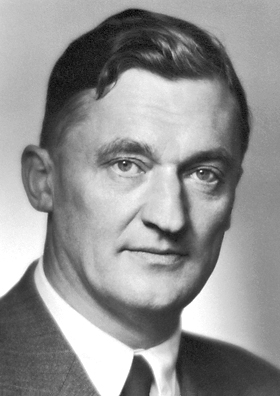
Axel Hugo Theodor Theorell was a Swedish scientist and Nobel Prize laureate in medicine.

Joshua Lederberg, ForMemRS was an American molecular biologist known for his work in microbial genetics, artificial intelligence, and the United States space program. He was 33 years old when he won the 1958 Nobel Prize in Physiology or Medicine for discovering that bacteria can mate and exchange genes. He shared the prize with Edward Tatum and George Beadle, who won for their work with genetics.
Pathophysiology is a branch of study, at the intersection of pathology and physiology, concerning disordered physiological processes that cause, result from, or are otherwise associated with a disease or injury. Pathology is the medical discipline that describes conditions typically observed during a disease state, whereas physiology is the biological discipline that describes processes or mechanisms operating within an organism. Pathology describes the abnormal or undesired condition, whereas pathophysiology seeks to explain the functional changes that are occurring within an individual due to a disease or pathologic state.

The Pasteur Institute is a French non-profit private foundation dedicated to the study of biology, micro-organisms, diseases, and vaccines. It is named after Louis Pasteur, who invented pasteurization and vaccines for anthrax and rabies. The institute was founded on 4 June 1887 and inaugurated on 14 November 1888.
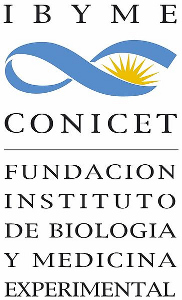
The Experimental Medicine and Biology Institute is a research and development centre affiliated to the University of Buenos Aires, in Buenos Aires, Argentina.
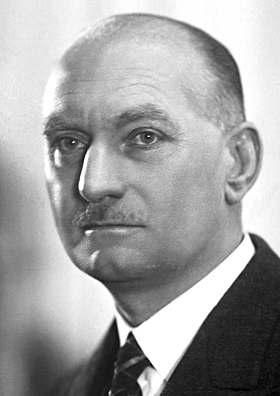
Corneille Jean François Heymans was a Belgian physiologist. He studied at the Jesuit College of Saint Barbara and then at Ghent University, where he obtained a doctor's degree in 1920.

Leon Abgarovich Orbeli was an Armenian physiologist active in the Russian SFSR. He was a member of the Academy of Sciences of the Soviet Union and Armenian SSR. Leon Orbeli became director of the Institute of Physiology in 1950.

Doctor Ivan Mikhaylovich Sechenov, was a Russian psychologist, physiologist, and medical scientist.
The Sir William Dunn School of Pathology is a department within the University of Oxford. Its research programme includes the cellular and molecular biology of pathogens, the immune response, cancer and cardiovascular disease. It teaches undergraduate and graduate courses in the medical sciences.
Natalia Petrovna Bekhtereva was a Soviet and Russian neuroscientist and psychologist who developed neurophysiological approaches to psychology, such as measuring the impulse activity of human neurons. She was a participant in the documentary films The Call of the Abyss and Storm of Consciousness, which aroused wide public interest. Candidate of Biological Sciences, Doctor of Medicine, Full Professor.
The Pavlovian session was the joint session of the USSR Academy of Sciences and the USSR Academy of Medical Sciences held on June 28 to July 4, 1950. The session was organized by the Soviet Government headed by Joseph Stalin in order to fight Western influences in Russian physiological sciences. During the session, a number of Ivan Pavlov's former students attacked another group of his students whom they accused of deviating from Pavlov's teaching. As the result of this session, Soviet physiology excluded itself from the international scientific community for many years.
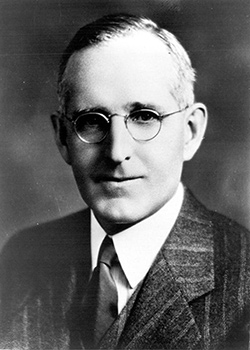
John Gerald "Gerry" FitzGerald was a Canadian physician and public health specialist who was instrumental in the control of diphtheria, first by producing and freely distributing antitoxin, and then in 1924 by using mass production to enable widespread use of the vaccine devised by Gaston Ramon.

Peter Kuzmich Vaulin (1870–1943) was a Russian ceramics artist active in the first half of the twentieth century

National Pirogov Memorial Medical University, Vinnytsya is a medical university located in Vinnytsia, Ukraine. It was founded in 1921. Its predecessors were the Vinnytsia Pharmaceutical Institute (1921), the Vinnytsia Branch of the All-Ukrainian Institute of Correspondence Medical Education (1930), the Vinnytsia Evening Industrial Medical Institute (1932), the Vinnytsia Medical Institute (1934).
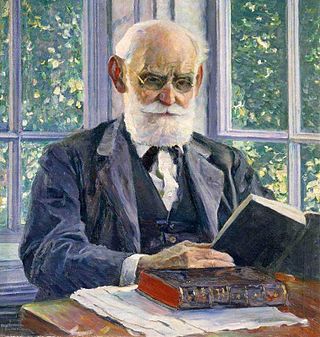
Portrait of Ivan Pavlov is an oil painting executed on canvas in 1930 by the Russian artist Mikhail Nesterov. It is now in the collection of the Russian State Museum in St Petersburg.

Konstantin Mikhailovich Bykov was a Russian Soviet physiologist and Academician of the USSR Academy of Medical Sciences.
















